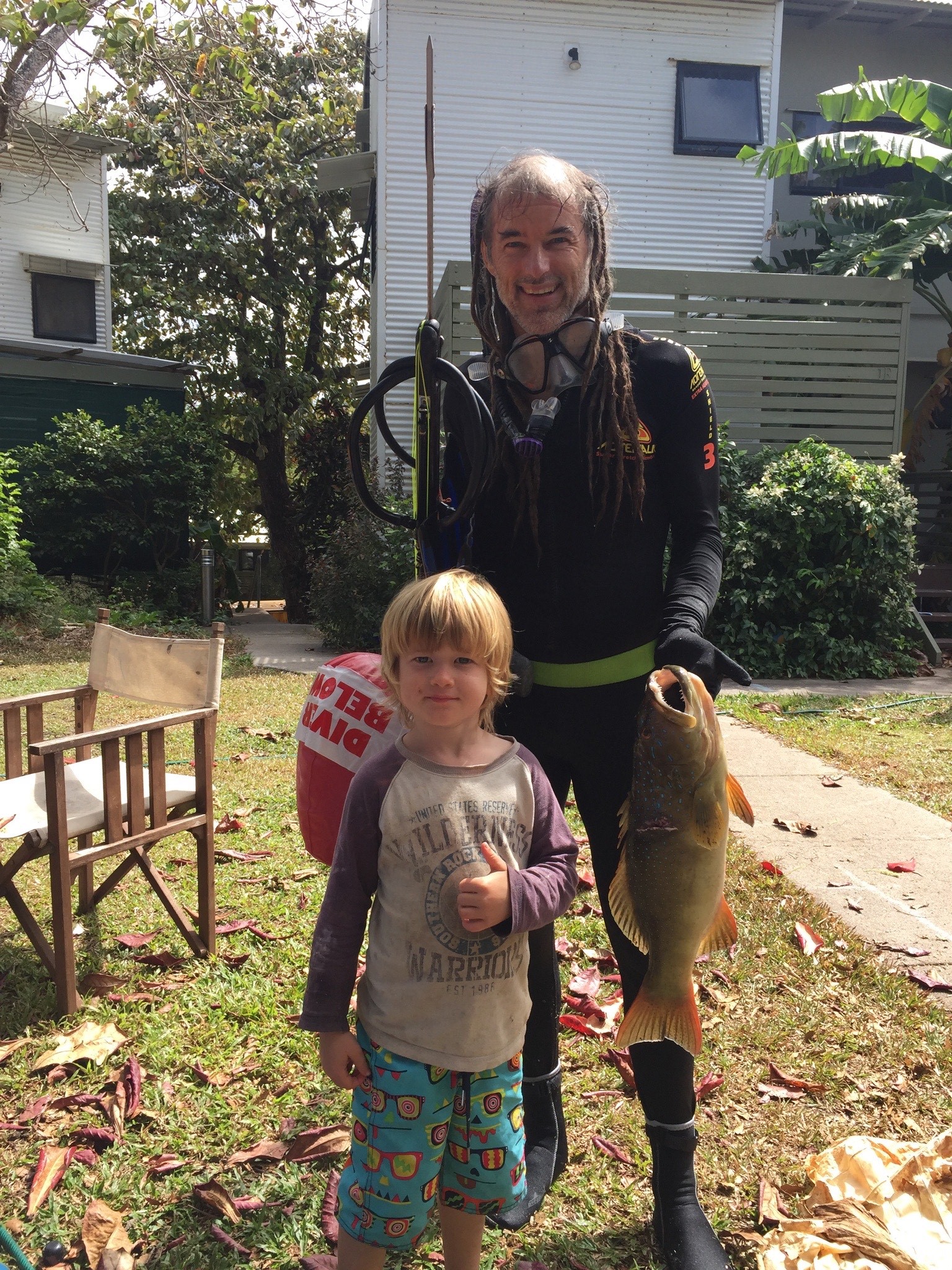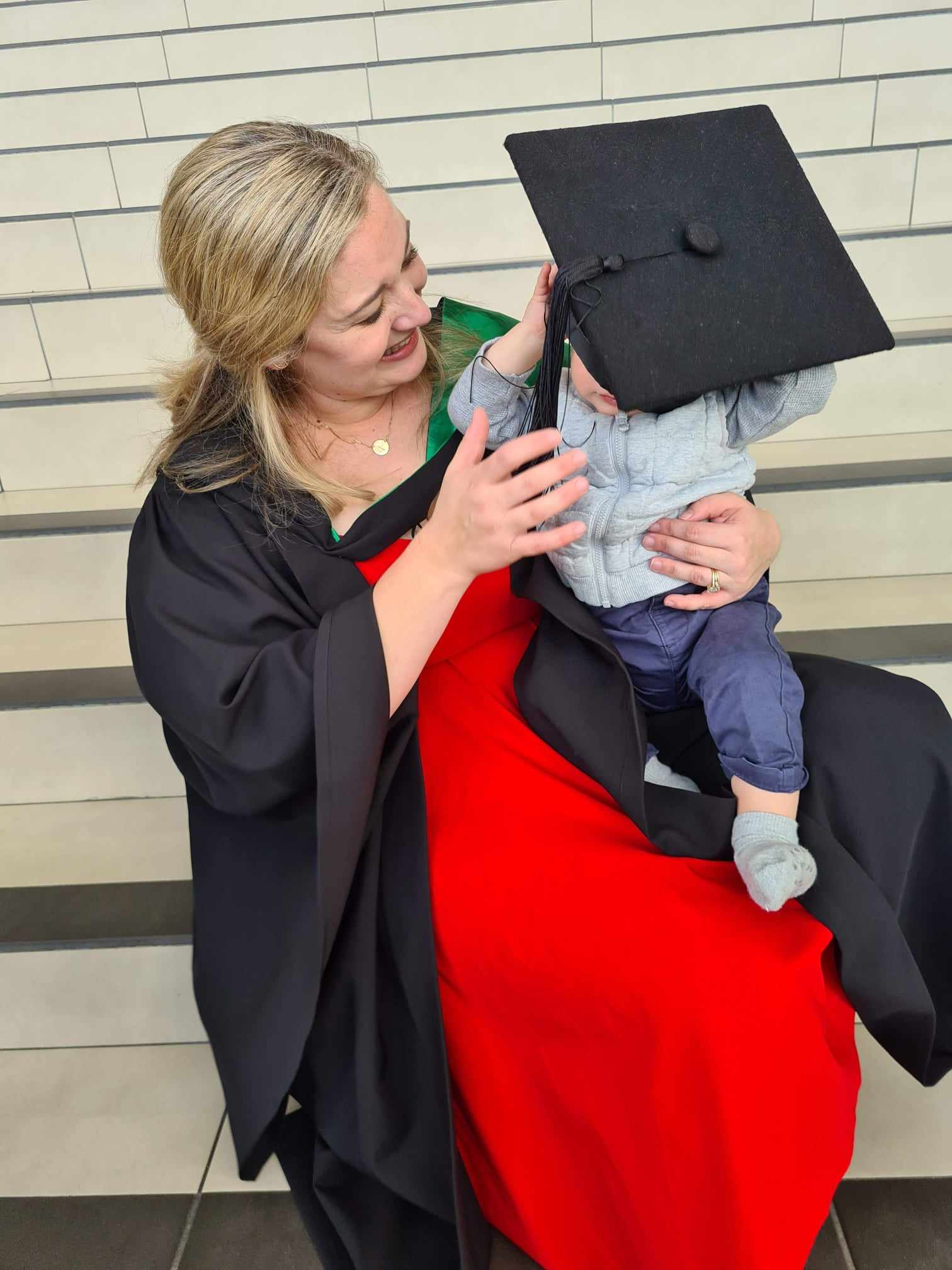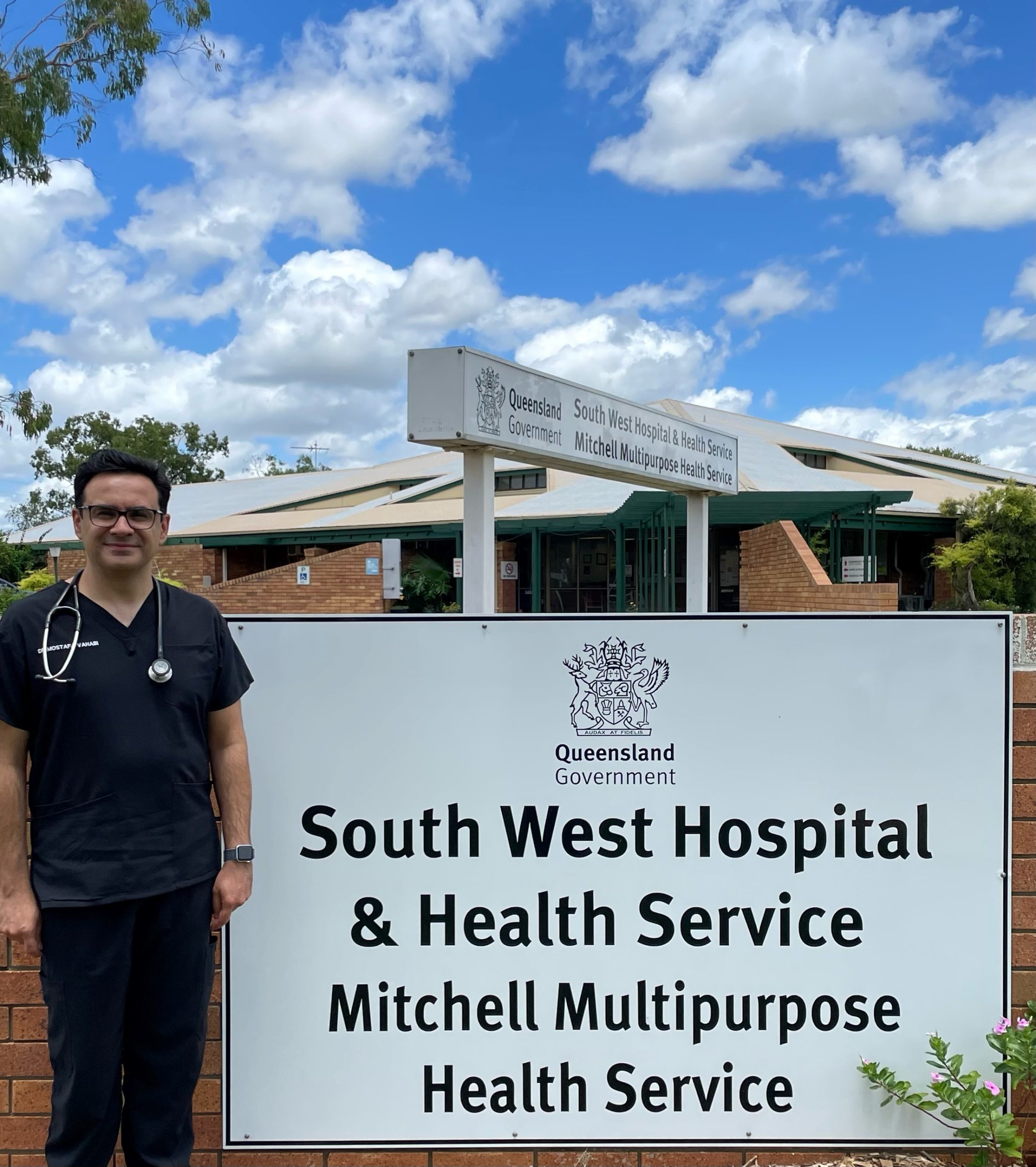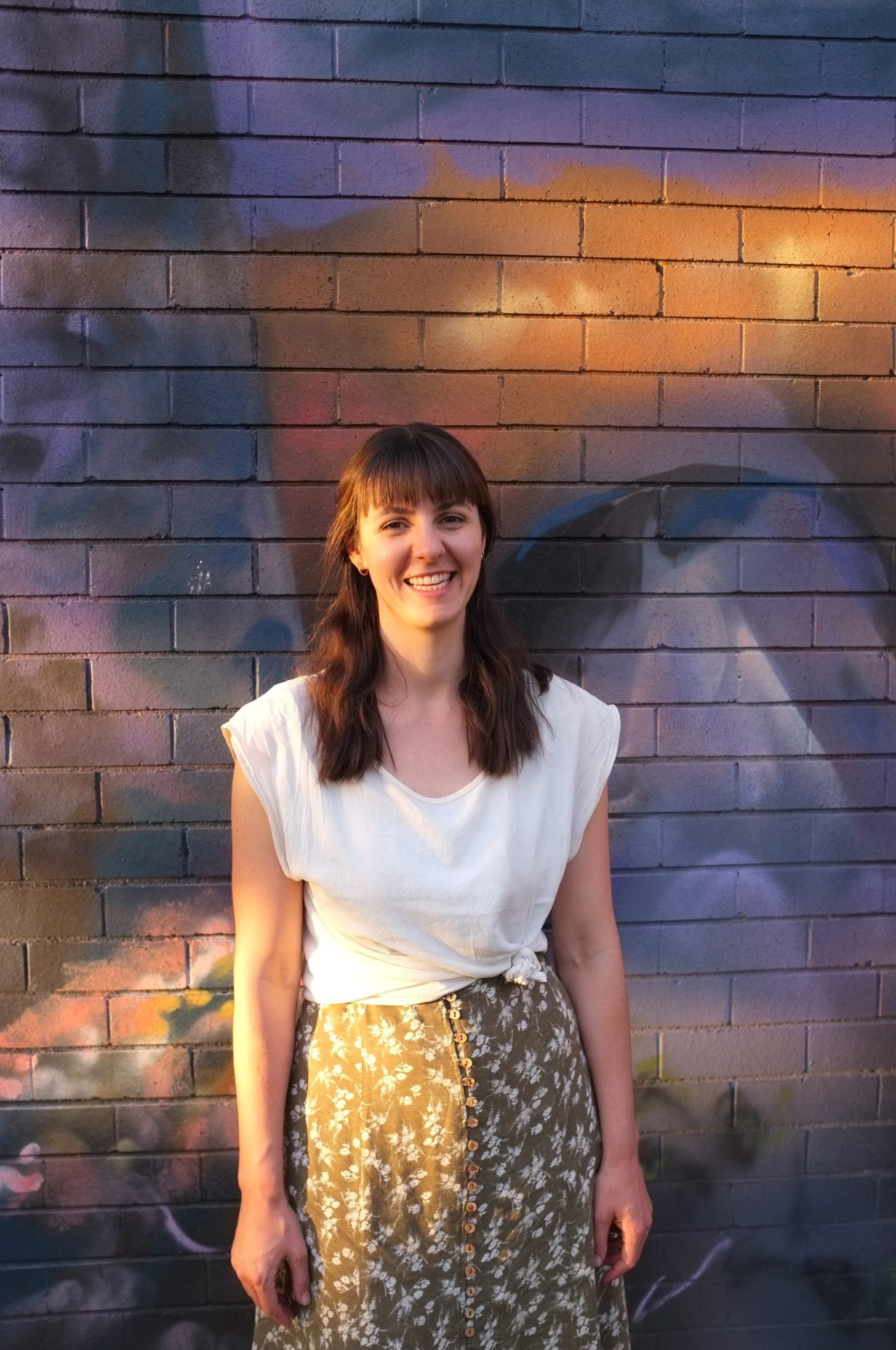We recently caught up with Dr Jack Sloss, who shared his insights about life as a Rural Generalist with advanced skills in obstetrics and gynaecology.
Jack is a QRGP fellow who has curated an exciting career as a Rural Generalist on Thursday Island, where he has called home since 2010. Jack undertook his Advanced Skills Training (AST) in O&G at Cairns Hospital in 2008 and hasn’t looked back.
Why did you choose O&G advanced skills training?
“When I went through medicine, obstetrics was the place for me. In obstetrics you are dealing with women with the joy of a new beginning. Instead of staving off the inevitable, you are welcoming a new life into the world.
It seemed to me that through the birthing process, the woman and me (as the observer), were being exposed to the whole gamut of human emotions; suspense, hope/fear, trust, pain and endurance, disappointment and desperation, unbelievable joy, and exhilaration. With my demeanour being more surgical in nature, obstetrics provided me with a good mix of a people orientated craft and surgical skills. It was the perfect fit for me”.
Tell us about your obstetrics team and your scope of practice
“The team I work with are both collaborative and encouraging. Our model in Thursday Island is Midwifery Group Practice (MGP). As we have many high risk pregnancies requiring medical input, we do a case conference on each patient when they initially book in, post morphology and at 36 weeks. The team is inclusive and open, our current Nurse Unit Manager in Obstetrics is very people focussed and nurturing. She is very good at ensuring open dialogue between all members of the team. The inclusive sharing at our weekly case conference helps maintain a close-knit team.
We deliver between 120 and 150 babies per year and look after approximately 300 conceptions. About one quarter of our patients travel south to potentially have greater supports around them. About another quarter of patients are transferred south for the remainder of their pregnancy due to complications or high-risk status. Most of our pregnant women are from the outer islands or the northern peninsular communities.
More than 50% of our obstetric patients will be in a remote area if, and when, something happens in their pregnancy. The management and decisions we make are based on the information given by nurses on the outer islands who may or may not have obstetric skills. Therefore, we aim to be meticulous at the initial booking visit and the post morphology review, so the obstetric information is available when there is a call in the middle of the night from an outer Island.
We currently have one full time General Practitioner Obstetrician (GPO) on Thursday Island, which is me, and 2 part time GPOs. We are trying to recruit a 2nd full time GPO to allow some slack in the system. In addition to my role as a GPO is I get to experience the joy of community based medicine. I look after four outer island populations in the greater Torres Strait and am away on the outer Islands most weeks for 2 or 3 days. If we are well staffed in GPOs, my main role is on call for obstetrics. At present I am largely in the hospital as GPO”.
What was your training year like?
“I really looked forward to my O&G training year, but the first 3 months were tough. Back in the day a Principal House Officer (PHO) was based on the labour ward 50% of the time and you only spoke directly to your consultant. I felt a lack of control in some situations, but I stuck it out. I got to know the midwives, I spent time learning the basics and understanding the progress of labour and what was expected, and I became aware of the processes. It got better and better, and easier and easier. In that first year I had been the accoucheur (male midwife) of many normal births (in 9 months I had more cases than the college required), and by the end of my 12 month training post I had completed over 100 caesareans”.
What’s your advice for trainees considering an obstetrics advanced skill?
“Spending time to be part of the larger team is so important for a successful training year. Once you are part of the team, you learn the finer art that can’t be learned from a book.
When you come out of your AST year you must build on the confidence you have developed in your skill and the current information you have in your skill set. You must be willing to take the next step. After completing my AST, I did the following:
- I went to PNG for 3 weeks and spent time in the Highlands Region as one of three doctors looking after a 5000 birth/year birthing facility.
- The second thing I did was obtain a job in Atherton, a regional birthing centre that had reasonable birthing numbers to maintain my skillset. It was close enough to Cairns, where I trained, so I could easily connect with my mentors. What I found was that the Rural Generalists in Atherton had such great skills in the rural and remote context that I didn’t need the Cairns team as much as I thought. The RGs gave me context, advice, and a rural family. I am so grateful for them as it allowed me to continue with my RG obstetrics journey as I had my RG family to fall back on.
What do you love about being a Rural Generalist with advanced skills in O&G?
“When I completed my O&G AST, I enjoyed it so much that I contemplated pursuing specialty training. But after practicing community-based medicine in an island culture, having spent years getting to know people and being part of a team and the community, I was reassured that remote Indigenous medicine was the right mix.
It’s so rewarding and fulfilling when you can see the small gains that are etched over the years, these turn into large gains with time. The joy of obstetrics is the icing on the cake”.
Dr Jack Sloss







